-
Posts
6,860 -
Joined
-
Last visited
Content Type
Profiles
Forums
Gallery
Events
Articles
Posts posted by gxseries
-
-
I wouldn't recommand using that same method again extant4cell

There's a chemical solution called verdicare which I highly recommand. Doesn't strip the patina as much as shown.
-
This is a large image of the underlaying coin. Note that each picture is 1.3mb each.
http://gxseries.com/dump/bhutan_half_r_rotated_large_f.jpg
And I've highlighted the underlying characters that I could make out. This only appears on Indian 1/4 anna.
http://gxseries.com/dump/bhutan_half_r_rotated_large_f_illu.jpg
I'm confident that you should be able to see the characters. Weight of this coin is 3.78g. I believe this coin has been cut. I haven't measured the diameter of the coin yet. -
This coin took me by surprise as I wasn't expecting anything like this.

From my understanding, this coin is struck in between 1820 - 1835. Bhutan coins circulated along Indian coins as presumably it was cheaper to import coins instead of striking fresh coins.
While you think it's a coin full of jumbled characters, there is something unusual - that is if you look really hard in this orientation, you can see the characters "ONE".
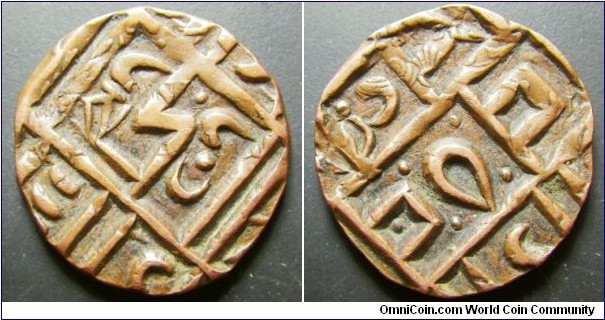
This appearently is overstruck over an Indian 1/4 anna. Of which era / reign it is, I am not too sure yet. I am not well versed in Indian coinage and hope you can lead me in the right direction. I will have to purchase a 1/4 anna coin for comparsion.
That said, the existance of this coin got me interested - was it common for Bhutan to overstrike coins? From what I looked at, this does not seem to be the case. Maybe you happen to have one hiding somewhere in your collection?
-
These are coins that I have been hunting for years and just could not get my hands on them. I finally got hold of them and here is the picture:

Yes, just five coins but these are difficult to locate.
First coin is a Japanese 1 sen coin dated 1881. Yeah seems common so what gives? It's actually a rather uncommon variety of the large "four"(四). In high demand and I finally got my hands on one. For an image comparsion, I have posted another 1881 1 sen - with the small "four". I'm certain it's pretty obvious.
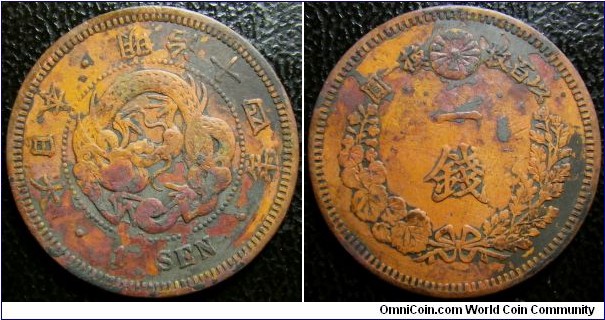
The next two aluminum coins are from the Japanese occupation in Manchuria or better known as Manchukuo / Manchoukuo (however you wish to spell it). These are essentially the key date of the entire Manchukuo series. I've been trying to locate a better image for comparsion as this is an extremely hard coin to find. While they seem to look different with the character "ten" for the year 1943, I believe they look ok to me so far - no signs of re-engraving under a loupe. (would be quite upset if they are both counterfeits or altered). Another three coin left for this particular type set and funny enough, I have not seen ANY of them despite this coin priced the highest in any catalog that I have seen.
Next two on the right are from the Korean empire / protectorate or Japanese ruled era. The nickel copper coin is a rather difficult coin to find - dated 1894. While many do not know the importance of this particular year, this is one of the events that triggered nasty relationship between China and Japan. The source of the problem is a revolution by the peasants. For more information, please read here: http://en.wikipedia.org/wiki/Donghak_Peasant_Revolution While mintage figures are not recorded, there must be a reason why no silver coins were minted in 1894 and coins from 1894 to 1895 are just difficult to find (with the exception of copper). Mintage only normalized back in 1895/6 and fully in operation back in 1898, only to be taken over by Japan.
The last coin is a coin that took me a while to hunt down. This is a coin minted by Osaka mint, Japan. Mintage figure of this particular year is said to be less than 800,000. Bear in mind that mintage of most other copper coins are in terms of 3.5 million to 21 million. While mintage figures all sound pretty high, I suspect that a fair number were melted down and were not saved as the Koreans did not have good impression of anything related to the Japanese occupation. There's one on sale at ebay but I just can't quite agree with the price.
This ended up to be a good year for me. Hope you all have a great year collecting and please feel free to show some of your hard earned catches.

-
Forgot that I bought the two key bi-metal Russian coins a while ago before the prices of them went out of control.Mintage of both of them are at low 100,000 each which is the lowest of the entire Russian bimetal coins. Bear in mind that most bi-metal coin mintage at around 5 - 10 million, which is by far the lowest mintage. Collectors believed that none of them entered circulation.Chechen:
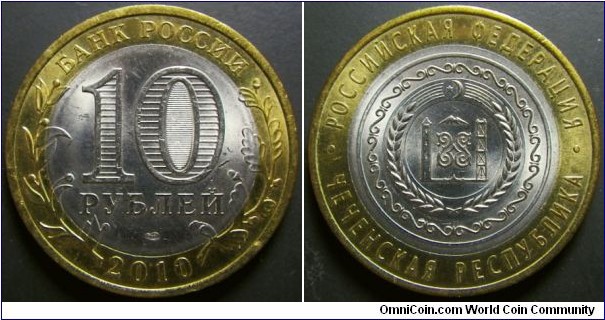 Yamalo-Nenetskiy autonomous okrug
Yamalo-Nenetskiy autonomous okrug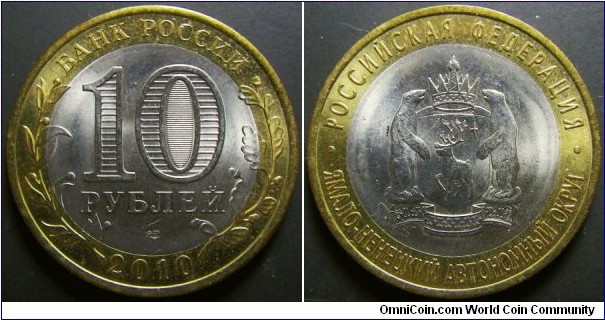 As of why the low mintage - who knows, maybe political factors came in play. Nevertheless, beautiful 10 ruble coins. I like them both.Here's another interesting error coin with a different reeded edge. Released recently, this coin has a different reeded edge.North Ossetia
As of why the low mintage - who knows, maybe political factors came in play. Nevertheless, beautiful 10 ruble coins. I like them both.Here's another interesting error coin with a different reeded edge. Released recently, this coin has a different reeded edge.North Ossetia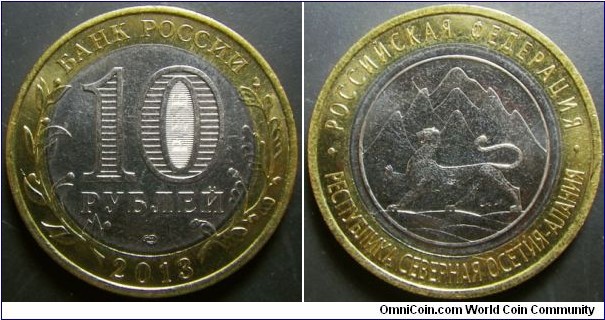 Error coin on the right
Error coin on the right
As you may tell, the difference is in the number of reeding - I believe it was 180 versus 300. Not sure why this happened but this is quite interesting.
Please show your Russian bi-metal coins too.
-
I have been hiding away doing a lot of things and this is one of them - I have been cataloging what coins I have in my collection.
This is a rather niche market to collect and I just have to get my head stuck in this. Think it's a really really bad habit of mine.
For those who don't know what overstruck means, it means using an old coin instead of a fresh new planchet to be struck as a 'new' coin. The result is that it may have traces of the old design under the newly struck coin.
Here are some of my favorites: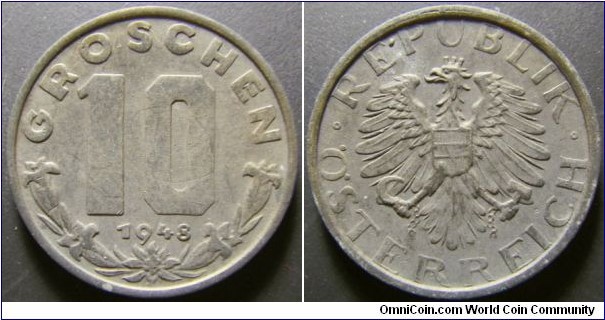
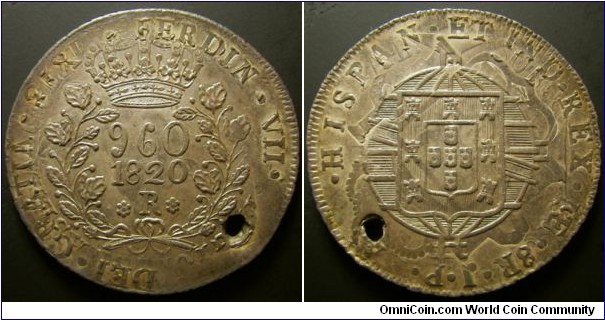
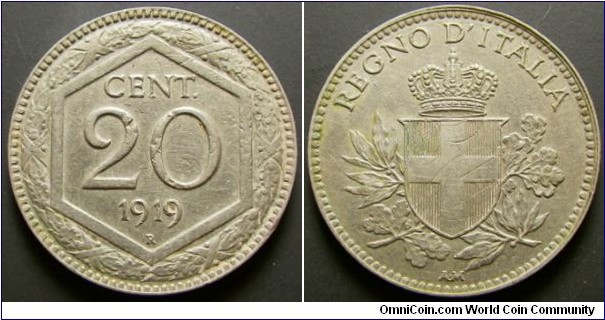
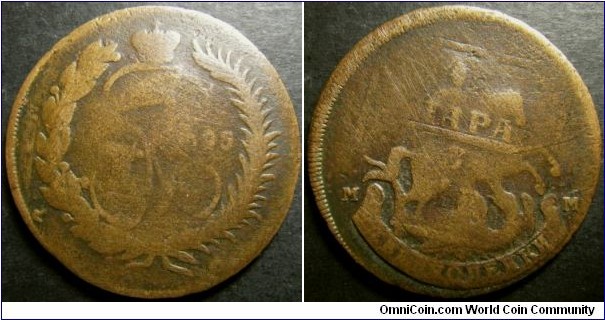
The rest of my collection can be seen here: http://gxseries.com/numis/overstrike/world_overstrike.htm
Please feel free to show some of your awesome overstruck coins! -
I have to disagree with the definition of counterstamp and chopmark.
A counterstamp is usually done by an issuing authority to notify the changes to the original face value of the coin or is used to advertise a business, political message etc.
A chopmark is an activity by physically whacking stamps to test the precious metal content of the coin to ensure that the coin or bullion is not plated.
Here are some examples:
A standard 1 yen coin
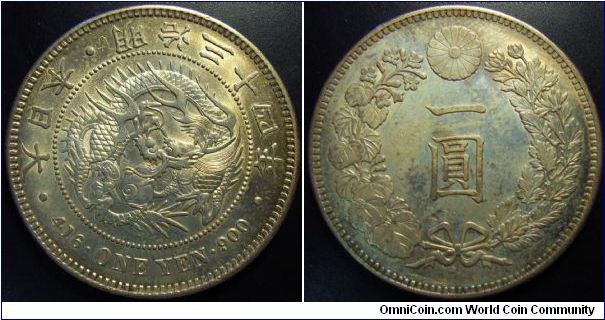
A counterstamped 1 yen "gin" on the right - done by Tokyo Mint
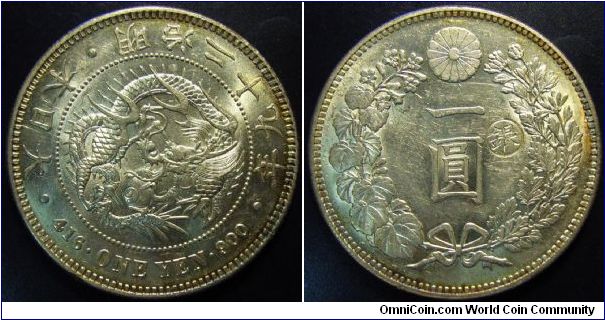
A chopmark coin
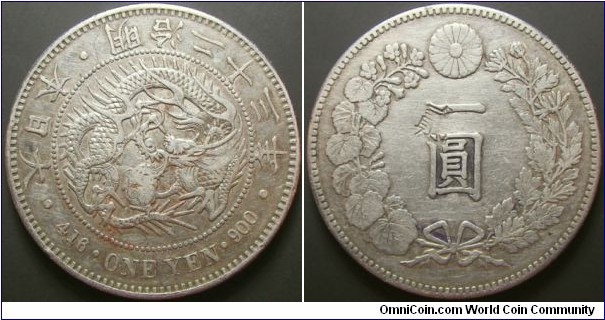
A counterstamped (on the left - Osaka mint) and heavily chopmarked coin
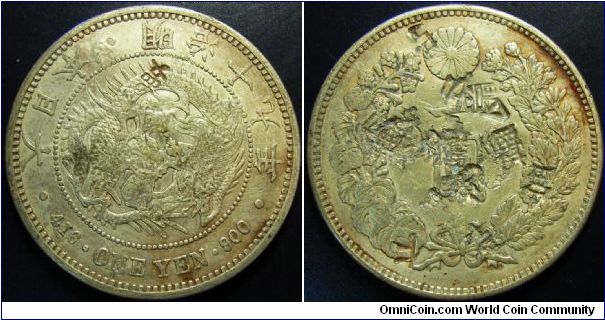
-
thedollarman, I'm afraid I don't remember any particular pattern coin discussed. I do not specifically collect pattern coins and only focus on area of interest that may be related to what I collect.
The only post that I remember closing was a negative post and that was it.
-
The two that I can think off the top of my head are as follow:
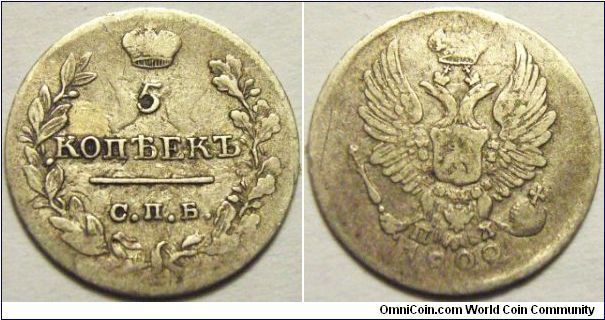
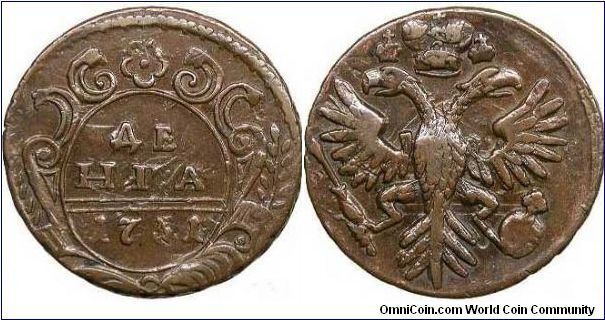
-
Not too sure if anyone collects pattern coins and I don't actively collect them.Turns out I bought a few along the way while I was hoarding all kinds of coins and decided to catalog what I had.Here's the link for it:
I personally like this low grade pattern coin struck in cannon metal. Must have been accidently released in circulation.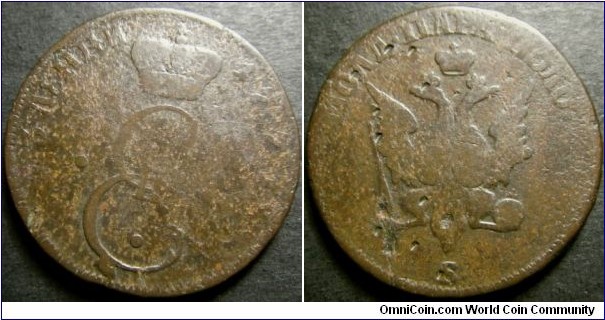
-
It's more likely to be a die clash.
-
Yes, I know there's a lot of counterfeits when it comes to Chinese coins but this one is ok. It's a common 1 yuan coin with an interesting rotated error. While there is no mintage available for common circulating Chinese coins to my knowledge - I would expect mintage to be in billions.
Despite possible high mintage figures, Chinese error coins are not common to find. This will be my first modern Chinese error coin which is struck after 1955. Won this a while back and thought I might as well share.
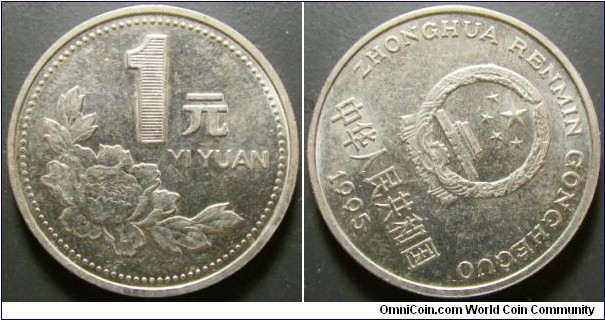
Please feel free to share any modern Chinese error coins - might be a lot harder than what you think.
-
Happy birthday Mike! Hope you are having a great day there!
-
If you have time to read, this may be an interesting article to read. None of them mentions what the notes are made out of but I suspect it would be made from washi. I suspect it's more likely to be a mix of rice and predominantly hemp. Hemp was common in Japan back then until it is known to make drugs.
More here about washi: http://en.wikipedia.org/wiki/Washi
Other articles about Hansatsu
http://www.imes.boj.or.jp/cm/english/history/16C/
http://www.imes.boj.or.jp/research/papers/english/96-E-25.pdf
-
It's a hammer job - take another 2 kopek and whack it hard to form such an impression.
The coins that he / she had for sale are dodgy as well.
-
Yes, it's bi-metallic, not the standard plated steel coin!
http://molotok.ru/show_item.php?item=3684936274
Does look beautiful to be honest. I suspect that a wrong planchet was used but this is a rather unusual error - this planchet was only used for tokens such as this "coin" here.
Personally I would love to have it but it's not cheap!
-
Just in case you struggle to see the underlayer, I have rotated it to the right alignment. You should be able to see the figure "10" if you look carefully.

-
I have been hunting for this coin for a while and it turns out to be a lot more difficult than you can imagine.
This is the coin for discussion:
Overstruck over this particular coin: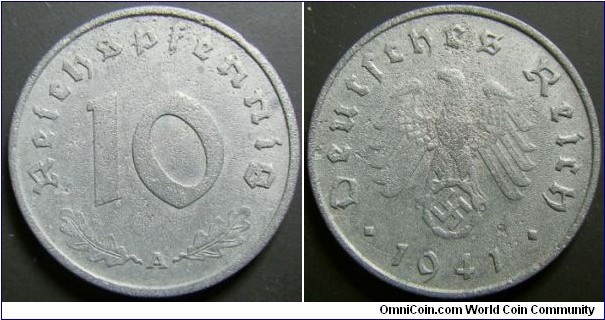
I'll be honest - this has obliterated most of the details from the original host coin and I cannot tell what the year and mintmark is. However, if you rotate the coin about 20 degrees clockwise, you should be able to see the figure "10". This design is only present in the German / Nazi era coinage.
As of why this happened, I'm not too sure but I suspect this occured after the time when Austria was under German "unification". Austria would have been minting coins under the Reich regime and when this was over, some left over planchets and coins were used to strike new coins.
Very interesting coinage and I reckon it's difficult to assemble a nice clear set of overstrike. While this is not a clear overstrike and I hope to get a better example, there is a better image found here:
http://www.moneymuseum.com/moneymuseum/coins/periods/coin.jsp;jsessionid=0A9070A6B4AAA83FBCF3753C4AC6CD07?i=8&aid=8&gid=16&cid=47&pi=0&ps=10 -
No idea what CCF is but what happens in other forum is not our responsibility.
You should email their moderators over it and ask the question, not here. Thread locked.
-
It looks cleaned for a start but I cannot comment on the authencity. It looks good but again, I am not well versed in this type of coinage.
-
For 60 euros, please, please buy a catalog before making any further moves.
I still use Uzdenikov 2nd edition - I know a fair number of collectors will say no but for it's price, it is a good deal. Another story if you want to specialize in a certain era but if you look at the pictures more than hundred of times, it will give you a better idea to at least avoid some of the cruder counterfeits.
-
Not genuine. Details are too crude even if it's in low grade - characters just look too cartoonish.
-
Has anyone been checking the prices of these recently? Think it's going out of control. I might as well sell mine at those prices.
100 and 200 dollars respectively?

-
I think it would be this coin in his collection:
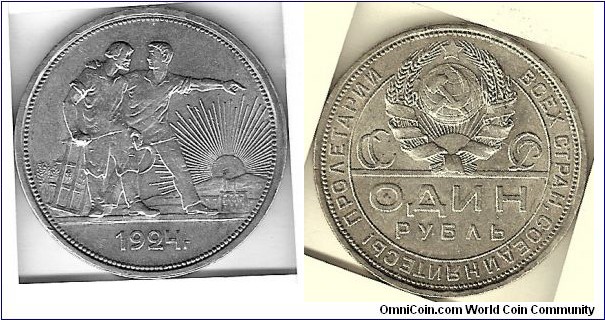


Non-abrazing coin cleaning/saving
in Russian Coin Forums
Posted
Extant4cell - this is one coin that I took before and after. I should have a couple more but can't find it at the moment. It works well with most copper coins except some that may have been cleaned previously and retoned and went through another stage of verdigris. Works extremely well with nickel-copper coin.
http://www.coincommunity.com/FORUM/topic.asp?TOPIC_ID=82866
There is a thread that actively keeps track of before and after:
http://www.coincommunity.com/forum/topic.asp?TOPIC_ID=62434&whichpage=1&SearchTerms=verdicare
I need to emphasis that like all kinds of products, there is always some form of risk involved but this so far is the lowest risk.